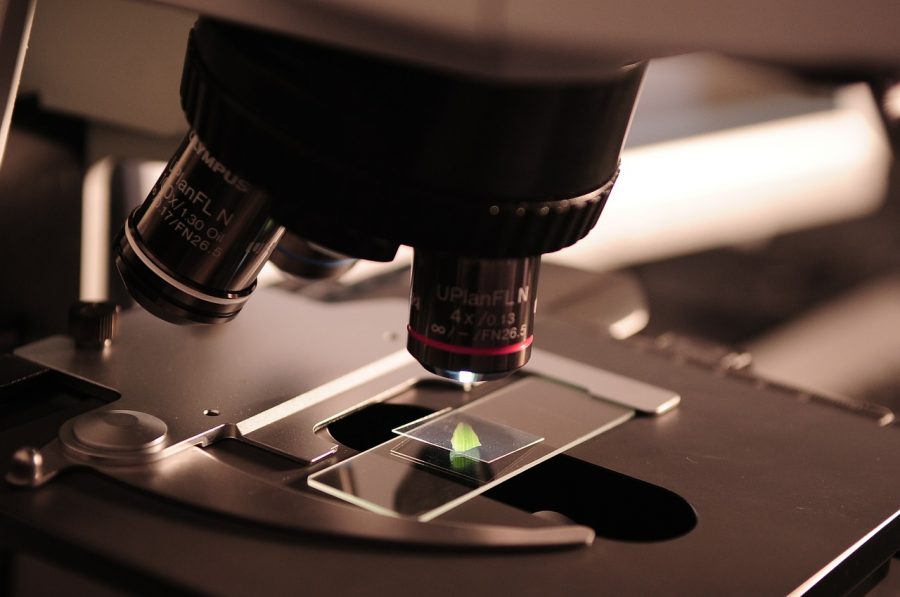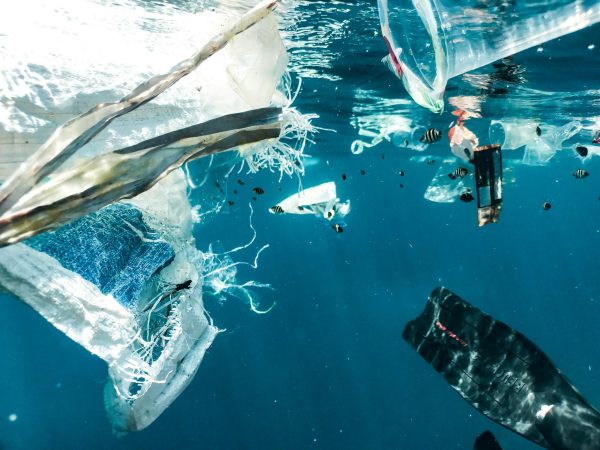Perovskite Solar Cells: The Hottest New Material
Perovskite is a compound, which a hybrid organic-inorganic lead or tin halide-based material that acts as a light-harvesting active layer. They are the advancing solar technology to date, and especially catches attention because the compound is cheap and easy to manufacture. They can even be sprayed onto surfaces. Perovskites are one of the hottest new material in solar cell design.
However, reliance on lead is a serious matter on commercialization due to its toxicity. Therefore, scientists Ross Hatton, Richard Walton, and their colleagues found a solution on the problem with tin. According to the Institution of Mechanical Engineers, their research showed that tin-based perovskites can be more stable than previously thought. Thus, they are deemed as a potential replacement for lead perovskites in terms of solar cells. The lack of lead in solar cells can make them vastly cheaper, safer and commercially attractive to consumers. This can even help it become a leading source of energy in everyday life.
Moreover, the efficiency of these perovskites have recently improved. Anita Ho-Baillie, a Senior Research Fellow at the Australian Centre for Advanced Photovoltaics (ACAP), announced that her team at UNSW achieved the highest efficiency rating with the largest perovskite solar cells to date, presenting at the Asia-Pacific Solar Research Conference in Canberra on Friday 2 December.
The 12.1% efficiency rating was for a 16 cm2 perovskite solar cell, the largest single perovskite photovoltaic cell certified with the highest energy conversion efficiency. It was independently confirmed by the international testing centre Newport Corp, in Bozeman, Montana. The newly created cell is at least 10 times bigger than the current certified high-efficiency perovskite solar cells on record. Her team has also achieved an 18% efficiency rating on a 1.2 cm2 single perovskite cell, and an 11.5% for a 16 cm2 four-cell perovskite mini-module, both independently certified by Newport.
Despite their potential for such cost-effective solar energy, there are still areas of development left for wide use of perovskites, because they are prone to fluctuating temperatures and moisture. Hence, they last only a few months without protection. Along with every other team in the world, Ho-Baillie’s is trying to extend its durability. However, it is indubitably true that perovskites have the potential to become a leading source for the future.






Peter Blaquiere • Nov 16, 2017 at
Interesting. I’ve never heard of this stuff. Thanks for doing the research. One thing you could explain – how is efficiency measured? What does it mean to say that a solar cell has an efficiency rating of 12%?